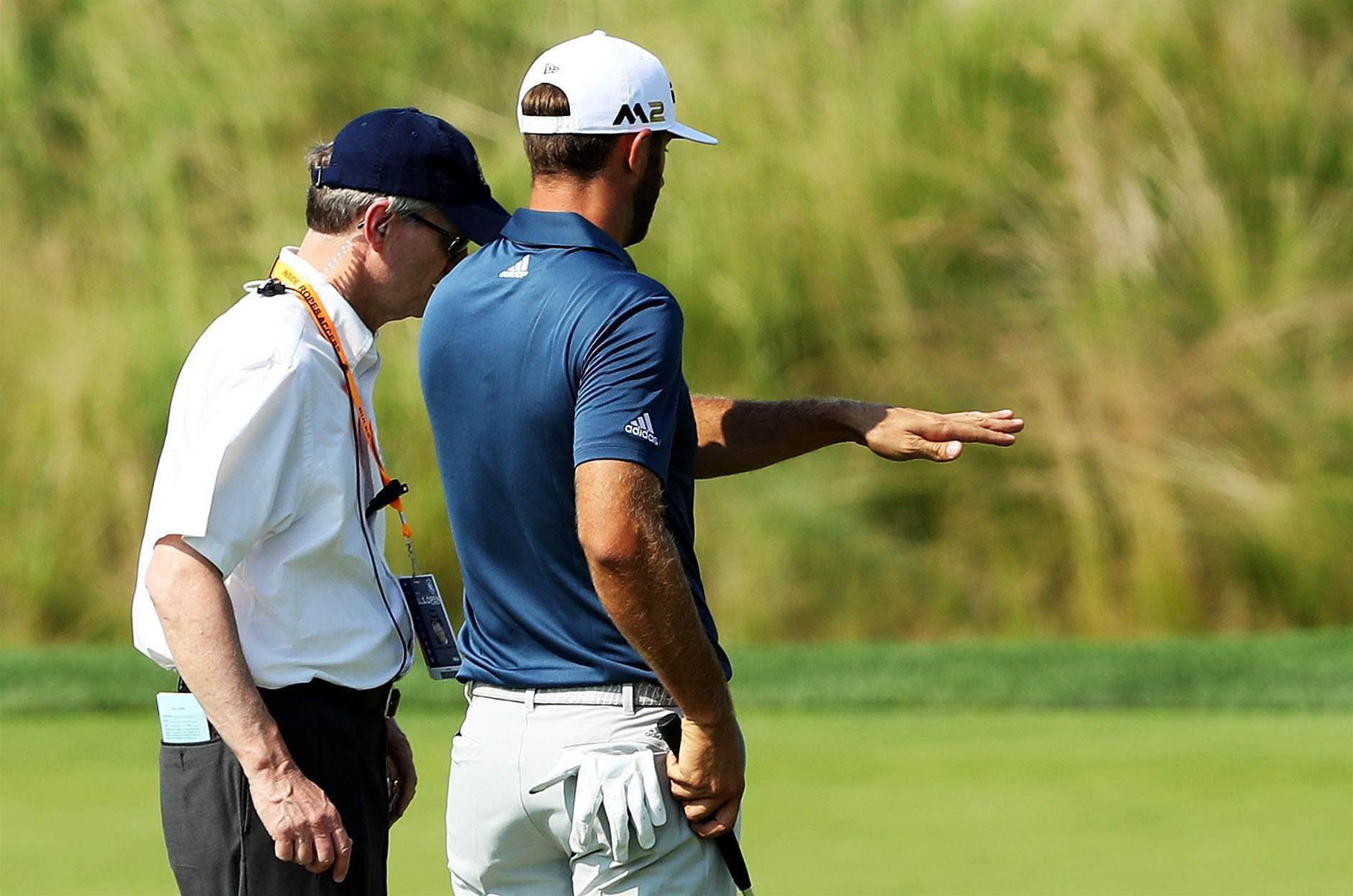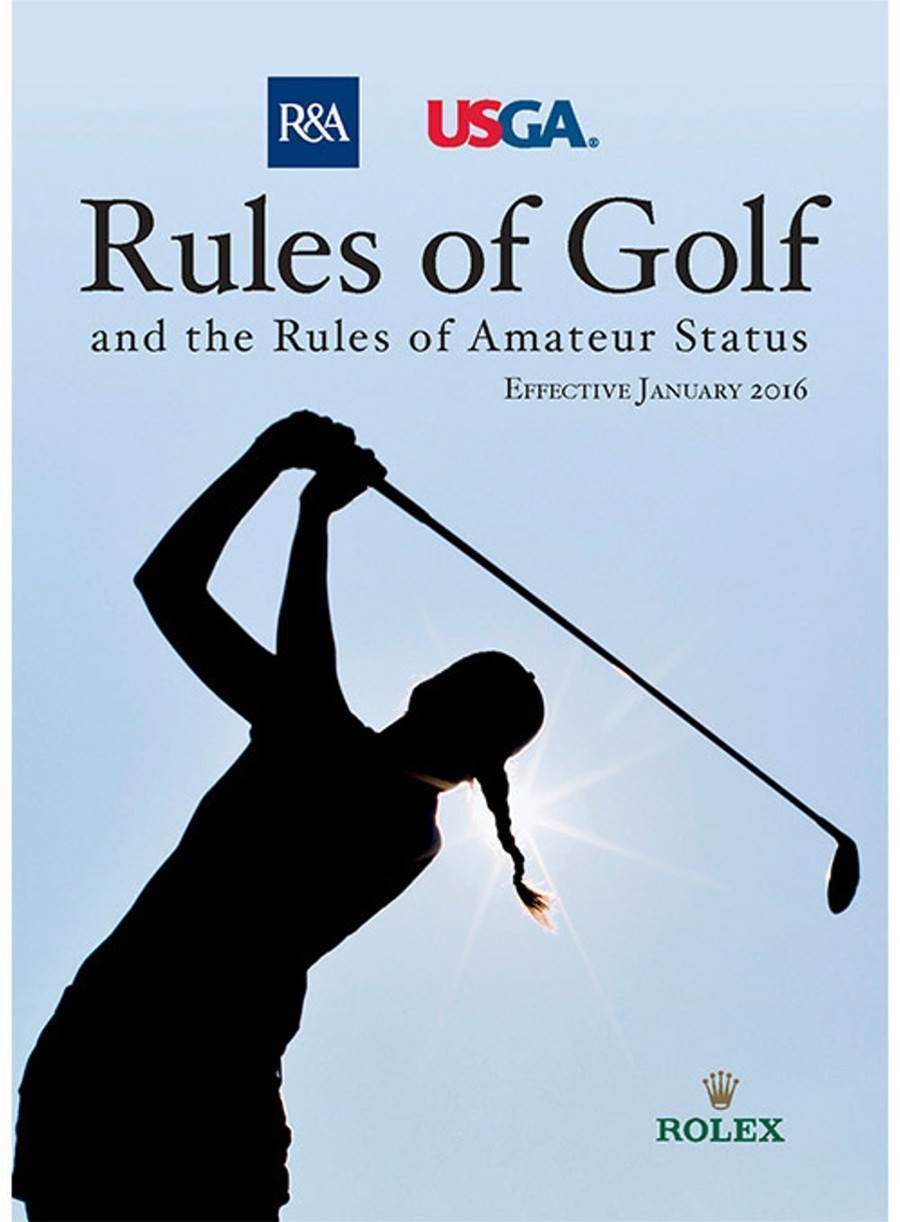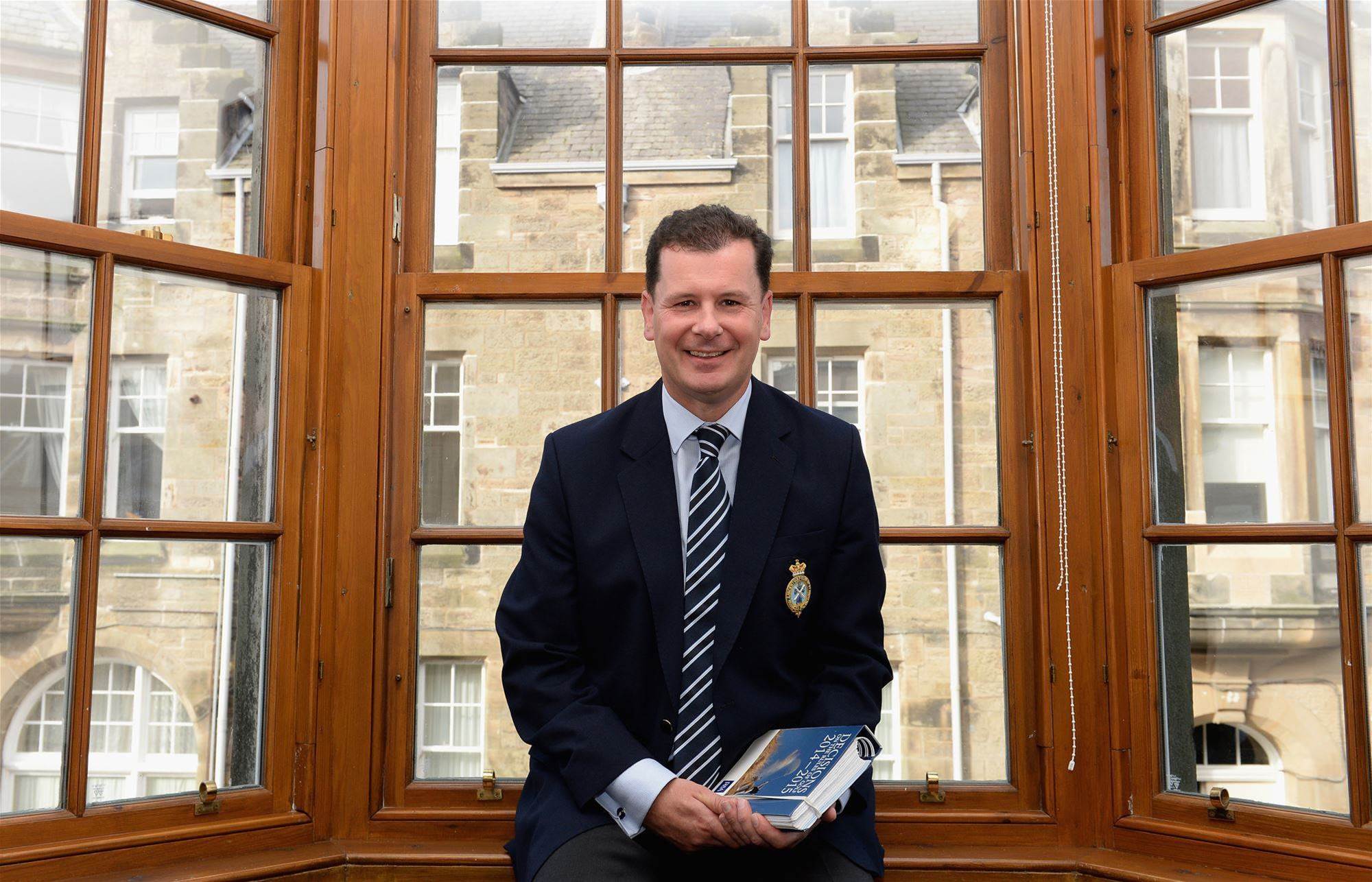The R&A and USGA has revealed 30 proposed changes designed to make the Rules of Golf fairer, more consistent and easier for all golfers to understand and apply.
While the Rules are revised every four years, this is the first fundamental review since 1984, and was established to ensure the Rules fit the needs of today’s game and the way it is played around the world.
The changes, which are due to be implemented from January 1, 2019, cover a wide range of issues across all levels of the game and include changes to determining if a ball has moved, to repairing spike marks on greens, relaxing penalty drop procedures and hitting a flagstick with a putt.
But the most talked about modifications will surround those affecting the professional game. Changes are proposed to reduce the incidence of players being trapped by the rules as well as slow-motion high-definition examinations leading to players being penalised.
The rule covering whether a player caused his ball to move was brought into focus at the US Open last year when the USGA slapped Dustin Johnson with a penalty, after his round, because they had determined he had “more likely than not,” caused his ball to move slightly with his practice putting stroke on Oakmont’s lightning quick 5th green.

The debacle that ensued after the round didn’t change the result but it left the USGA with a black-eye among players and fans, who criticised the organising body for an unfair ruling.
Under the proposed Rule 9.2, the “Dustin Debacle” will be avoided as a player will be penalised only when it is known, or virtually certain (at least 95 percent), that he caused the ball to move, which should eliminate many of the questionable calls that have been made in recent times. Once cleared, a player will be allowed to replace the ball on what is determined to be its original spot.
 Another proposed change will see players allowed to ground their club everywhere, except in a bunker. Allowing a player to touch the ground with his club and move loose impediments in the penalty area, Proposed Rule 17 gets rid of the unintentional infraction that would only be discovered with a slow-motion high-definition replay. In addition to this, the 2019 rulebook will feature the term “penalty area,” instead of “hazard.”
Another proposed change will see players allowed to ground their club everywhere, except in a bunker. Allowing a player to touch the ground with his club and move loose impediments in the penalty area, Proposed Rule 17 gets rid of the unintentional infraction that would only be discovered with a slow-motion high-definition replay. In addition to this, the 2019 rulebook will feature the term “penalty area,” instead of “hazard.”
Spike marks on greens, under the proposed changes, can be tapped down or repaired. Players have always been prohibited from touching spike marks and were only allowed to fix pitch marks on their putting line. In 2013, this rule caught out Englishman Simon Dyson, who was alleged to have tapped down a spike mark during the BMW Masters in Shanghai, and was ultimately placed on probation with threat of losing his playing card for the infraction. From 2019, under Rule 13.1b(1), players can try to create as smooth a surface as possible to roll their putts.
“Our aim is to make the Rules easier to understand and to apply for all golfers. We have looked at every Rule to try to find ways to make them more intuitive and straightforward and we believe we have identified many significant improvements,” Executive Director, Governance at The R&A, David Rickman, said,
“It is important that the Rules continue to evolve and remain in tune with the way the modern game is played but we have been careful not to change the game’s longstanding principles and character."

Senior Director of Rules & Amateur Status for the USGA, Thomas Pagel added: “We are excited and encouraged by the potential this work brings, both through the proposed new Rules and the opportunities to use technology to deliver them.
“We look forward to an ongoing conversation with golfers during the feedback period in the months ahead.”
The proposed 24 new Rules, reduced from the current 34, have been written in a user-friendly style with shorter sentences, commonly used phrases, bulleted lists and explanatory headings.
The Rules are currently delivered in more than 30 languages, and the proposed wording will support easier translation worldwide. When adopted, the Rules will be supported by technology that allows the use of images, videos and graphics.
The joint announcement by the R&A and USGA begins a six-month feedback and evaluation period during which all golfers worldwide can learn about the proposed changes and provide input before they are finalised in 2018 and take effect on January 1, 2019.
All of the major Rule change proposals include:
- Elimination or reduction of “ball moved” penalties: There will be no penalty for accidentally moving a ball on the putting green or in searching for a ball; and a player is not responsible for causing a ball to move unless it is “virtually certain” that he or she did so.
- Relaxed putting green rules: There will be no penalty if a ball played from the putting green hits an unattended flagstick in the hole; players may putt without having the flagstick attended or removed. Players may repair spike marks and other damage made by shoes, animal damage and other damage on the putting green and there is no penalty for merely touching the line of putt.
- Relaxed rules for “penalty areas” (currently called “water hazards”): Red and yellow-marked penalty areas may cover areas of desert, jungle, lava rock, etc., in addition to areas of water; expanded use of red penalty areas where lateral relief is allowed; and there will be no penalty for moving loose impediments or touching the ground or water in a penalty area.
- Relaxed bunker rules: There will be no penalty for moving loose impediments in a bunker or for generally touching the sand with a hand or club. A limited set of restrictions (such as not grounding the club right next to the ball) is kept to preserve the challenge of playing from the sand; however, an extra relief option is added for an unplayable ball in a bunker, allowing the ball to be played from outside the bunker with a two-stroke penalty.
 Taking a relief drop has also simplified. PHOTO: Getty Images.
Taking a relief drop has also simplified. PHOTO: Getty Images. - Relying on player integrity: A player’s “reasonable judgment” when estimating or measuring a spot, point, line, area or distance will be upheld, even if video evidence later shows it to be wrong; and elimination of announcement procedures when lifting a ball to identify it or to see if it is damaged.
- Pace-of-play support: Reduced time for searching for a lost ball (from five minutes to three); affirmative encouragement of “ready golf” in stroke play; recommending that players take no more than 40 seconds to play a stroke and other changes intended to help with pace of play.
- Simplified way of taking relief: A new procedure for taking relief by dropping a ball in and playing it from a specific relief area; relaxed procedures for dropping a ball, allowing the ball to be dropped from just above the ground or any growing thing or other object on the ground.
Related Articles

Cameron Smith finds his putting touch at LIV Singapore

MacIntyre surges, Day endures frustrating finish at BMW Championship













